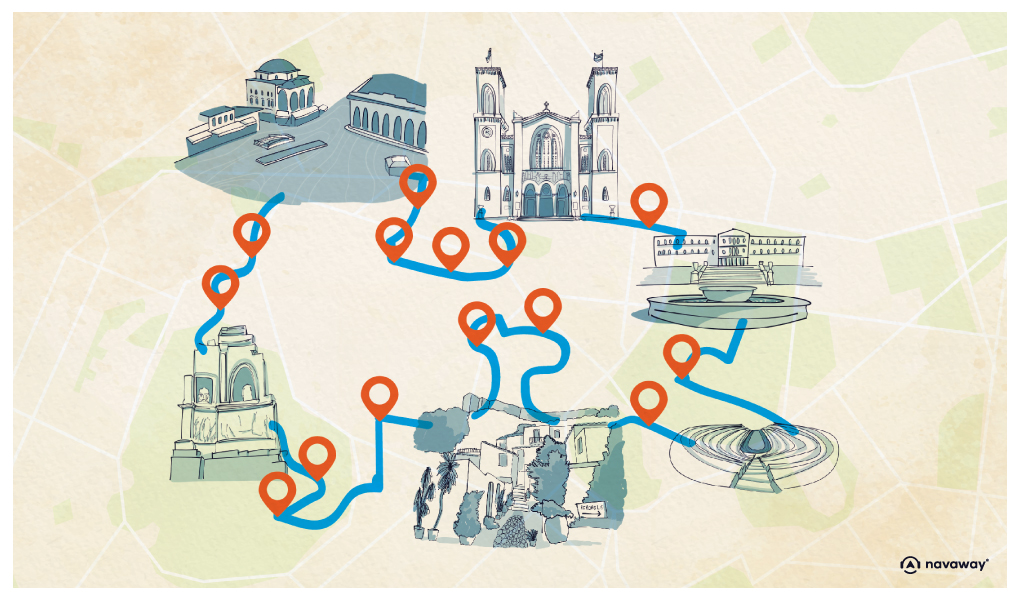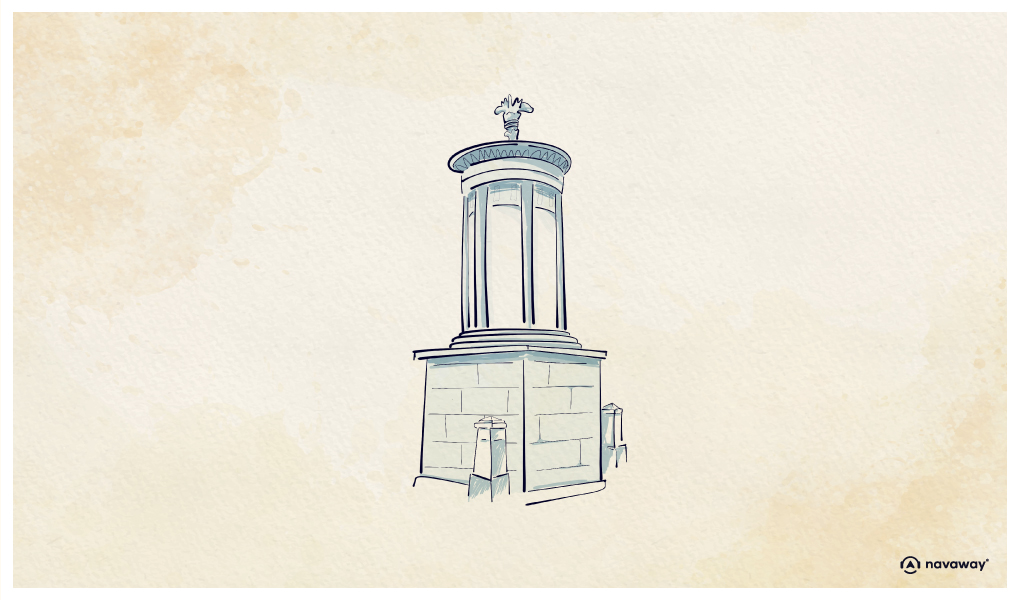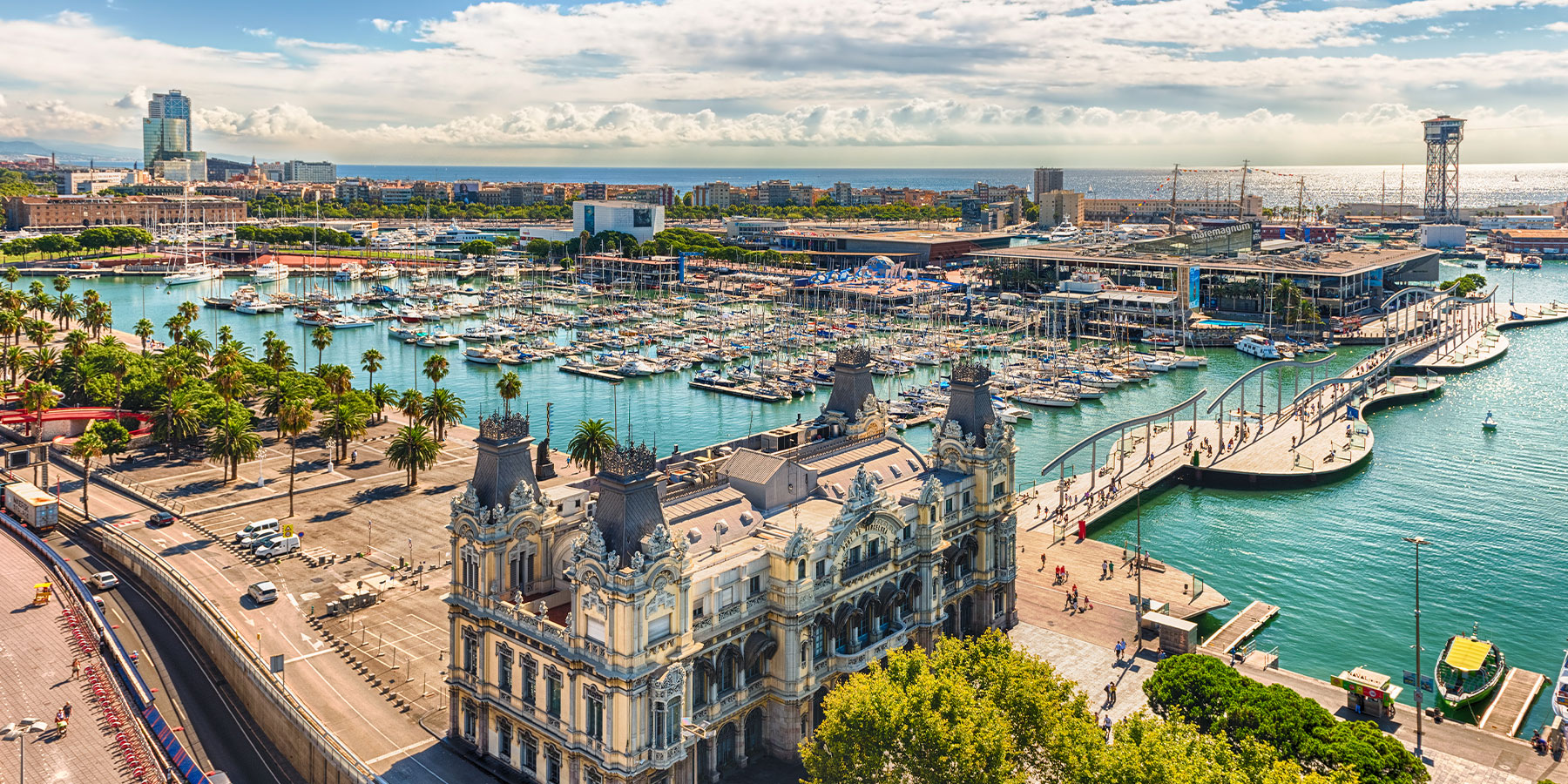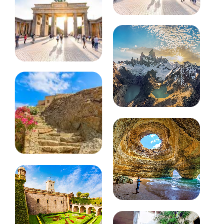
Choragic Monument of Lysicrates

This point of interest is available as audio on the tour: Visit Athens, At the roots of western civilization
Besides the famous Olympic Games, ancient Athens also hosted dramatic competitions, called the Great Dionysia. Every four years, troupes of actors, musicians, and playwrights battled it out for victory. They were funded by the state and run by a ‘choregos’, aka a wealthy Athenian who trained the actors and paid for all the costumes, masks, and sets for their play. The winner of the competition was awarded an ivy wreath and a bronze tripod, which was displayed on Tripodon Street, a few metres away. The edifice in front of you was designed to hold and showcase such a tripod, the one awarded to Lysicrates for the winning play at the last dramatic festival. FYI, Lysicrates was a choregos back in the 4th century BC. Unfortunately, the tripod itself was lost to time, but the cylindrical structure stands intact to this day. It’s the only choragic monument on this street, but picture this: in ancient times, the whole road was lined with them! In fact, Tripodon Street was one of the widest streets in ancient Athens and it was often used for processions in honour of Dionysus, the god of wine and festivity. It led directly to the theatre of Dionysus, where the Great Dionysia were held. As for the Monument of Lysicrates, it was almost demolished at some point in history, but fortunately it was saved and now stands as one of the most important monuments of Antiquity!


Discover Athens with app
An interactive guide through the most beautiful streets, squares, and districts
29 fun audioguides full of historical facts, anecdotes, and legends





Comments